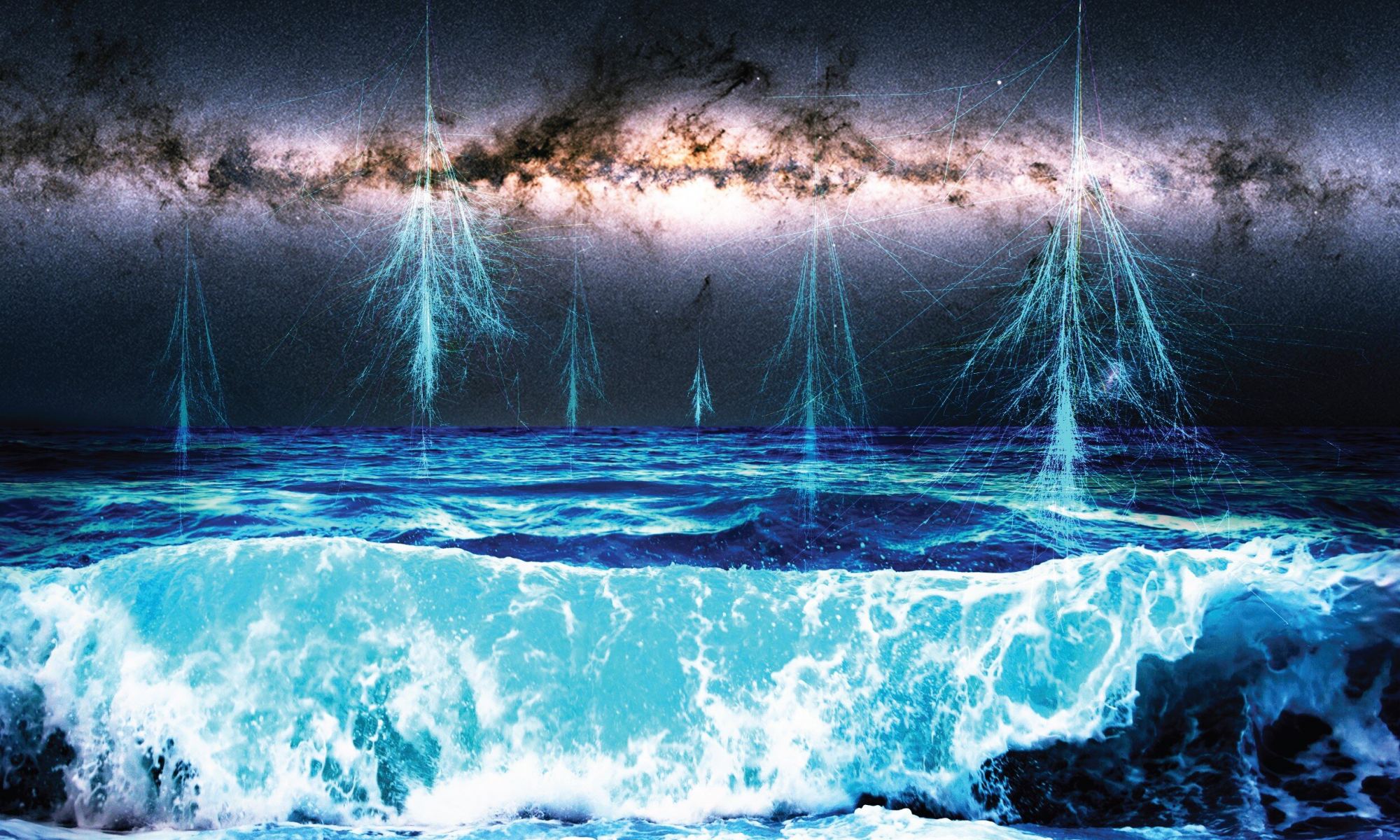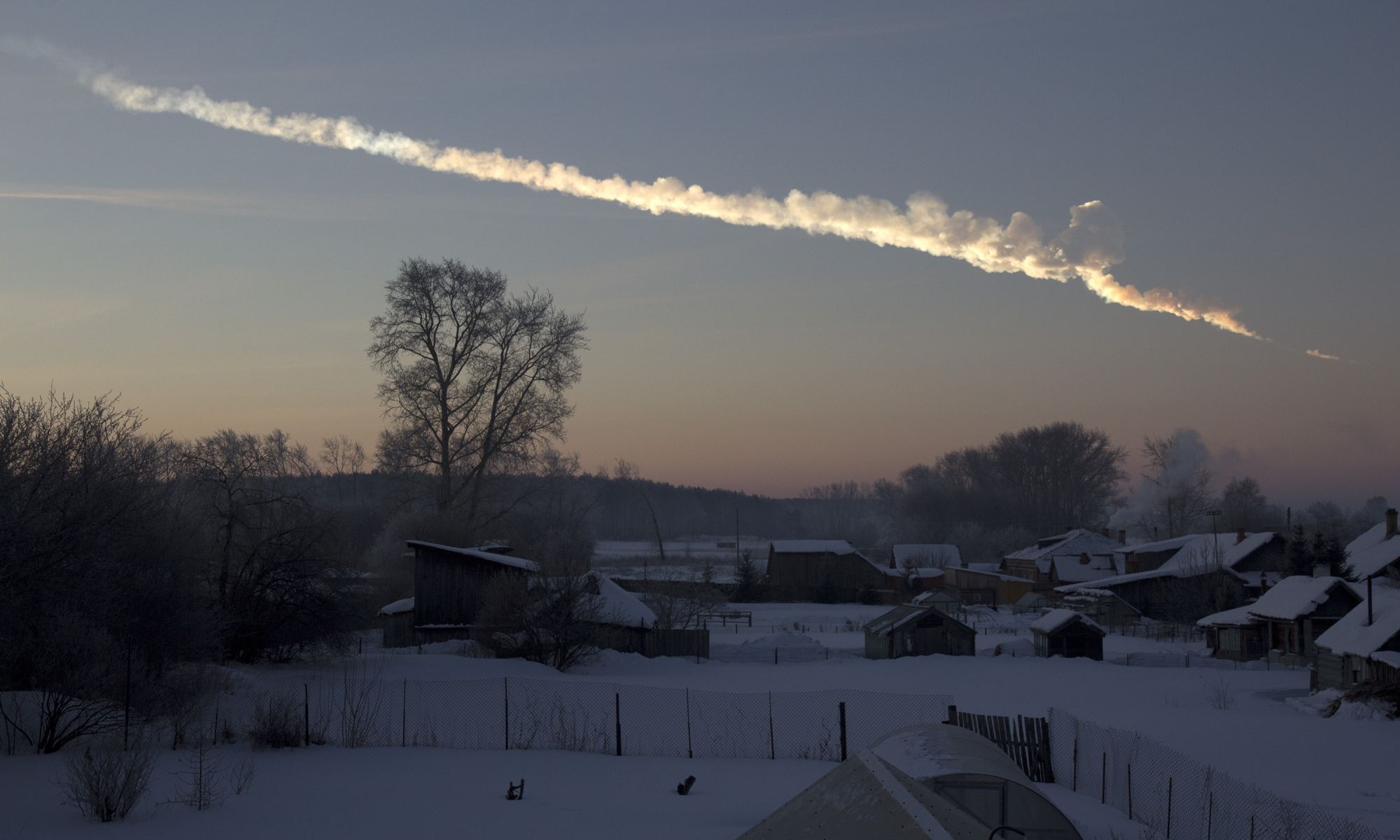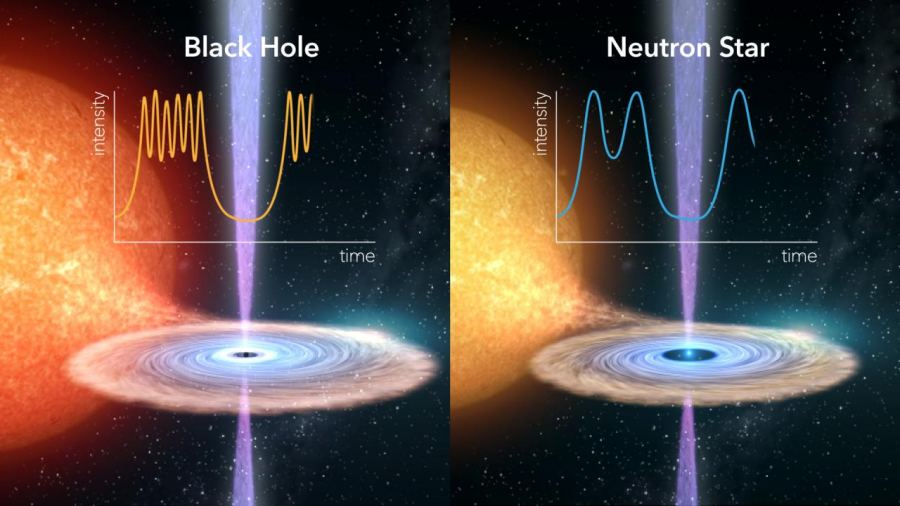When the Artemis astronauts and future explorers go to the Moon and Mars, they’ll need power. Lots of it. Of course, they’ll use solar panels to generate the juice they need for habitats, experiments, rovers, and so on. But, they’ll need batteries for power storage. Those things weigh a lot and cost a fortune to send up from Earth. So, why not simply 3D print their own when they get there?
Continue reading “Don’t Take Batteries to the Moon or Mars, 3D Print Them When you Get There”Don’t Take Batteries to the Moon or Mars, 3D Print Them When you Get There









